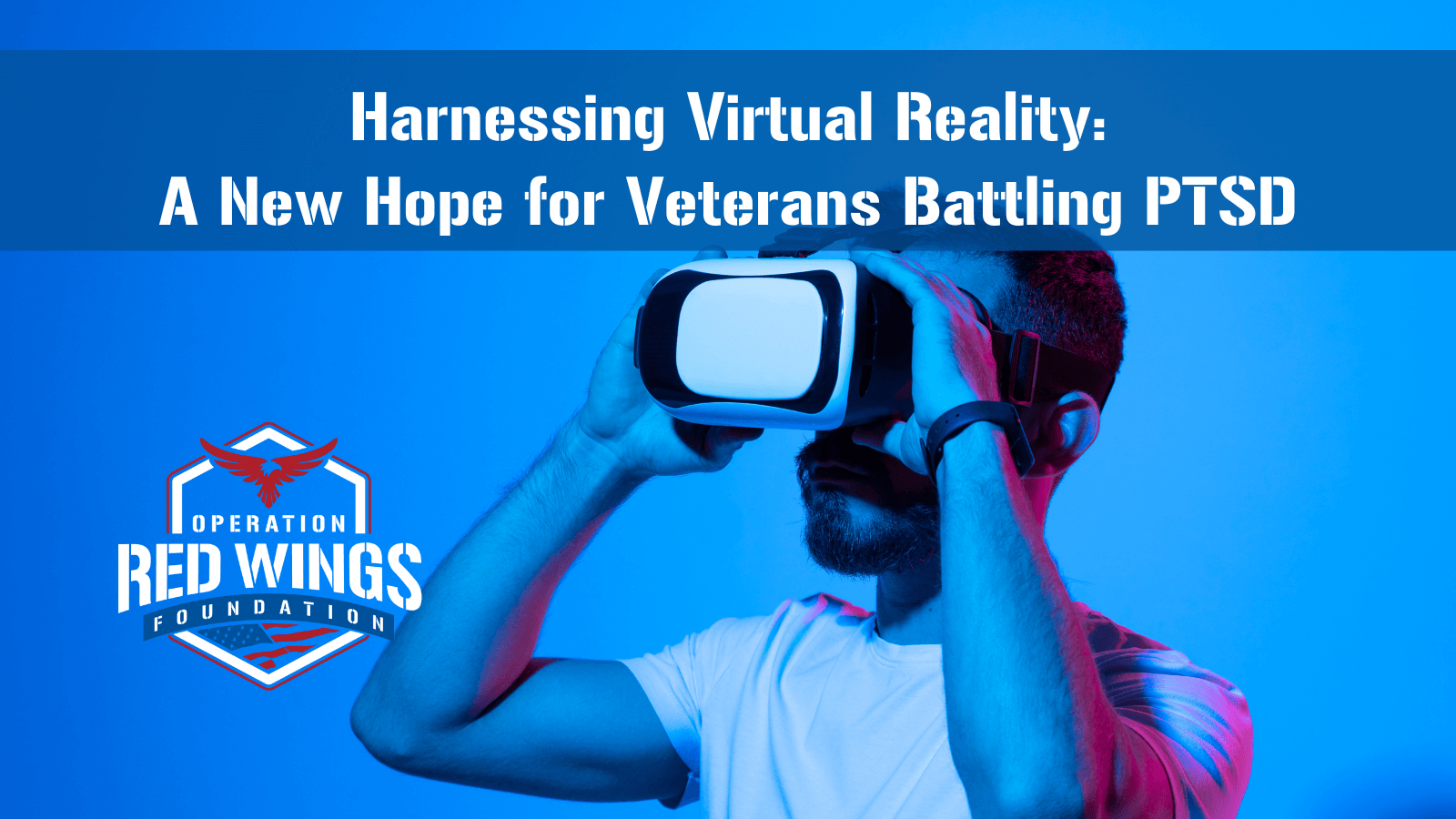For many Veterans, the battle doesn’t end when they return home. The haunting memories of their experiences in service can linger, manifesting as Post-Traumatic Stress Disorder (PTSD). This condition can significantly impact daily life, relationships, and overall well-being. Traditional methods of treating PTSD, such as exposure therapy, have been effective but come with their own set of challenges. Veterans, especially those also suffering from depression, often struggle to summon and confront these traumatic memories willingly. However, there’s a groundbreaking alternative that’s offering new hope: Virtual Reality Therapy (VRET).
Understanding the Challenge
Exposure therapy is a common behavioral therapy used to treat PTSD. It involves recalling the troubling event and talking through it with a therapist, helping to reduce the power of these memories over time. Despite its effectiveness, this method can be particularly daunting for Veterans. The act of reliving traumatic events can be overwhelming, making it difficult for them to engage fully in the therapeutic process. This is where Virtual Reality Therapy (VRET) comes into play, offering a less intimidating yet equally effective approach.
What is Virtual Reality Therapy (VRET)?
Virtual Reality Therapy immerses patients in a controlled, virtual environment that replicates the sights, sounds, and even smells associated with their traumatic experiences. By simulating these scenarios, Veterans can confront and process their memories in a safe and controlled setting. This immersive experience can make it easier for them to engage with the therapy, as the environment is both realistic and detached from their immediate reality.
How Does VRET Work?
- Immersion in Virtual Environments: Veterans wear a VR headset that transports them into a virtual world resembling the scenes of their trauma. These environments are designed to be as realistic as possible, providing a safe space to confront their fears.
- Guided Exposure: A therapist guides the Veteran through the virtual scenarios, helping them to confront and process their memories. The therapist can control the intensity and progression of the scenarios, ensuring the experience is manageable and therapeutic.
- Gradual Desensitization: By repeatedly confronting the traumatic events in a controlled environment, Veterans can gradually reduce their anxiety and distress associated with these memories. This process helps to desensitize them to the triggers that provoke their PTSD symptoms.
Augmented Reality (AR): Another Dimension
While Virtual Reality immerses users in a completely digital environment, Augmented Reality (AR) enhances the real world with digital elements. For instance, AR can project virtual cues into the real environment, which can be particularly useful in teaching coping mechanisms and mindfulness techniques. Veterans can use AR to practice these skills in real-world settings, bridging the gap between therapy sessions and everyday life.
The VA’s Pilot Program
The Department of Veterans Affairs (VA) is at the forefront of integrating these cutting-edge technologies into PTSD treatment. They have launched pilot programs to explore the efficacy of VRET and AR in helping Veterans manage their symptoms. These programs aim to gather data, refine the technology, and ultimately make these therapies widely available to Veterans in need.
Early results from these pilot programs are promising. Veterans participating in VRET report feeling more engaged and less overwhelmed compared to traditional exposure therapy. The immersive nature of VR seems to make the therapeutic process more approachable, allowing Veterans to confront their traumatic memories in a controlled and supportive environment.
Looking Forward
As technology continues to advance, the possibilities for treating PTSD and other mental health conditions will expand. Virtual Reality Therapy and Augmented Reality are just the beginning. For Veterans haunted by the memories of their service, these innovative therapies offer a beacon of hope, providing new tools to reclaim their lives from the grip of PTSD.
If you or a loved one is struggling with PTSD, consider exploring these new treatment options. Talk to your healthcare provider or reach out to the VA to learn more about how VRET and AR can be integrated into your treatment plan. The future of PTSD therapy is here, and it’s more immersive and supportive than ever before.
To learn more about Operation Red Wings Foundation or support Veterans attending our retreats visit: Operation Red Wings Foundation (orwfoundation.org)






